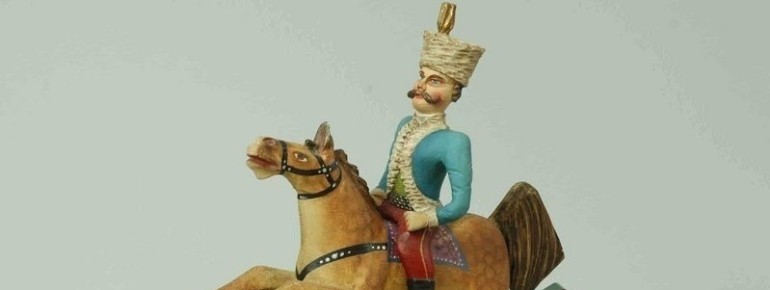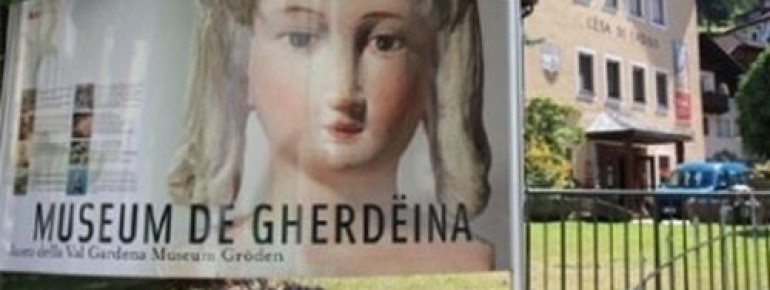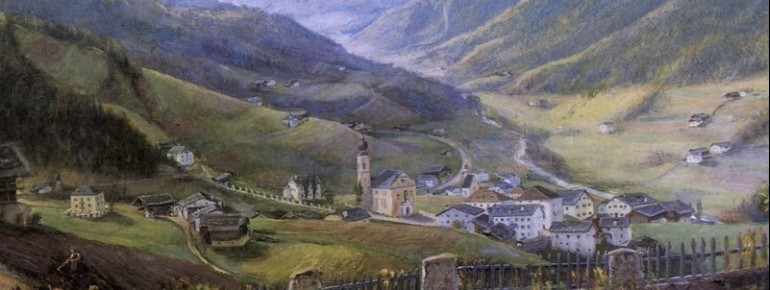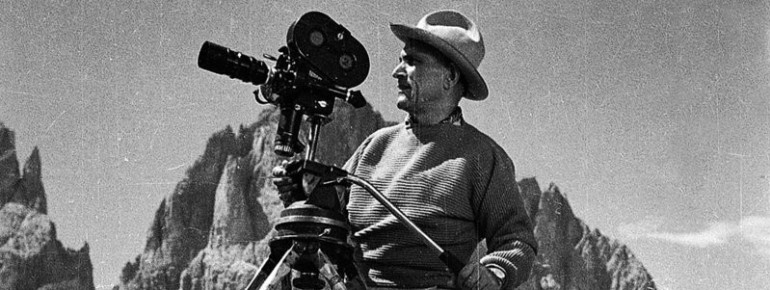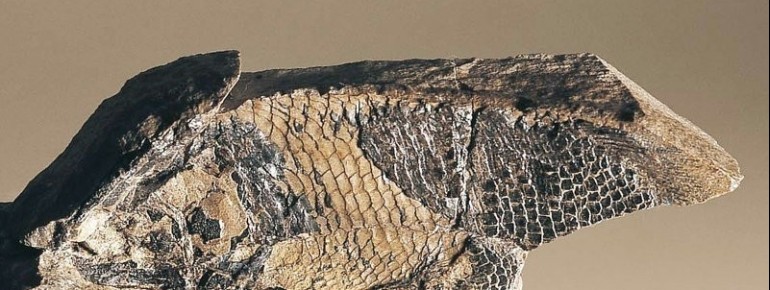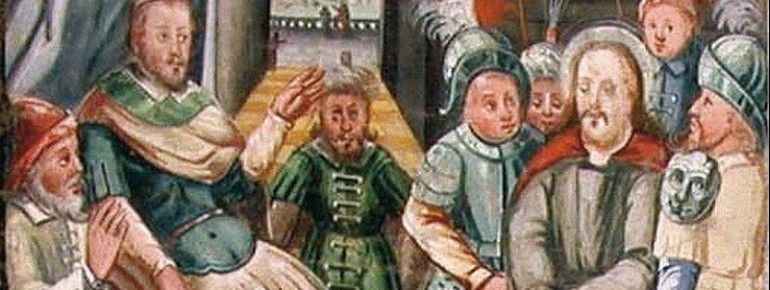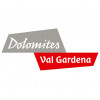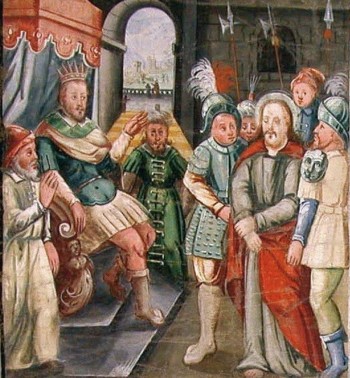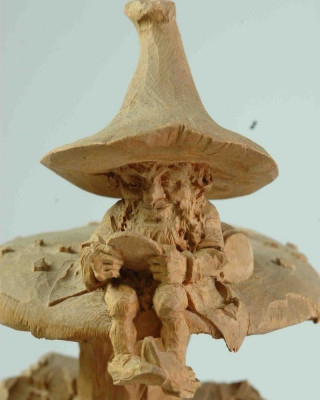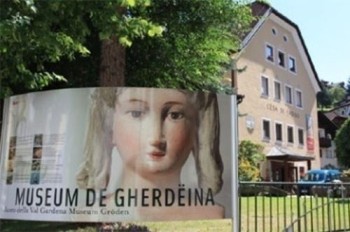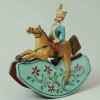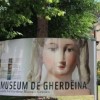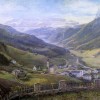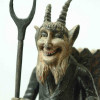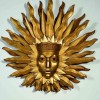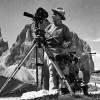Contents
Description
Childhood Memories made of wood
The Museum Gherdëina accommodates artefacts depicting the Val Gardena culture derived from various areas and eras. The little and lovely (partially) handmade wooden toys stick out in particular as they date back to the period before the 1940s. Then, it was Hans Senoner Vastlé who was in charge of taking care of the collection. He later forwarded the entire collection to the Museum Gherdëina. The exhibited puppets and those simply carved out of wood tell various stories - in their multitude - from past childhoods.
About sculptures and paintings
Strolling further around through the museum, you will come to notice that not only wooden toys are shown here, but also other samples of carved sculptures that are not necessarily made for children. From early times you'll find many sculptures exhibited here, for instance, a sculpture taken from St. James Church (St. Jakobs Kirche) in the vicinity of St. Ulrich. In addition, you'll also find a complete Christmas crèche and replicas of modern wooden summit crosses. Apart from the art area containing sculptures, the museum is also centred around paintings and play an important role. A great attention is paid to art and culture from the Grödner valley. You'll also find a separate section highlighting the artwork of the Grödner-based painter Josef Moroder Lusenberger. But other artists are also represented in the museum and their work praised. Thus, you will eventually find a huge collection on-site bringing different kinds of art types together.
Traces from the past
Apart from the unique collection, the museum on top contains an archaeology section. In this part of the museum you will learn about finds from the Stone and Iron Age. It is clearly depicted how life was centuries ago, how people lived and how they fought. The directors of the museum are especially proud of a very particular artefact: the Bronze Dagger of Balèstberg, which is a representative relict of its time. And digging even deeper in the past, the fossils department has many petrified finds of plants and marine creatures that are partially million years old.
Exhibition in honour of Luis Trenker
A special highlight of the museum is the special exhibition presenting the work of Luis Trenker who was, above all, a director of mountain films, a screenplay writer and actor. He was born in the region of Val Gardena in 1892 who had always had close ties to his home region. So it was no surprise that he decided to leave his entire estate to the museum after he died. The museum nowadays has a separate section honouring the work of Luis Trenker.
The Lenten Veil
The Gherdëina Museum also contains another historical gem: the Lenten veil of the St. James church. It is derived from the 17th century and is the only well-preserved relict of its kind in the entire region of South Tyrol. Due to this it was extensively restored, so it shines in a new shape.
It is worth coming to the Gherdëina Museum as it is probably the only one of its kind presenting a collected history of the culture of Val Gardena. The entire place is perfectly suitable to come here with the entire family. There is an agenda and guided tours for children. Anyone will find here something to their taste.
Historical Information
The Gherdeina Local Heritage Museum is a museum of local history and was opened on 7th August 1960 to exhibit art objects depicting cultural facets of the Val Gardena region and its surroundings. In line with this, the museum is a sight with tradition that contributes to the preservation of the cultural variety of the region. With the foundation of the museum it was decided to maintain a wide range of topics, which can still be seen up to this very day with the museum's spectrum from paintings and antique toys up to archaeology. As the museum and its cultural treasures constantly kept growing in the course of time, the building had to be extended twice, in 1972 and 1985 respectively. It hasn't been altered since.
Interesting facts
- The day pass at Museum Gherdëina is €8 making it one of the 10 cheapest tourist Attractions in Italy.
How to get there
By Car
Once you arrive in the centre of St. Ulrich, you just need to head towards Strada Rezia where the museum is located.
St. Ulrich has public parking lots. You may, for instance, leave your car at Antoniusplatz. From here the museum is only a two minutes walk away. At the valley station of the Seilbahn Seiser Alm, there are additional parking spaces provided, taking you 7 minutes of walking time to get to the museum.
By Public Transport
There are bus connections from Brixen or Bozen to St. Ulrich operating on a daily basis.

